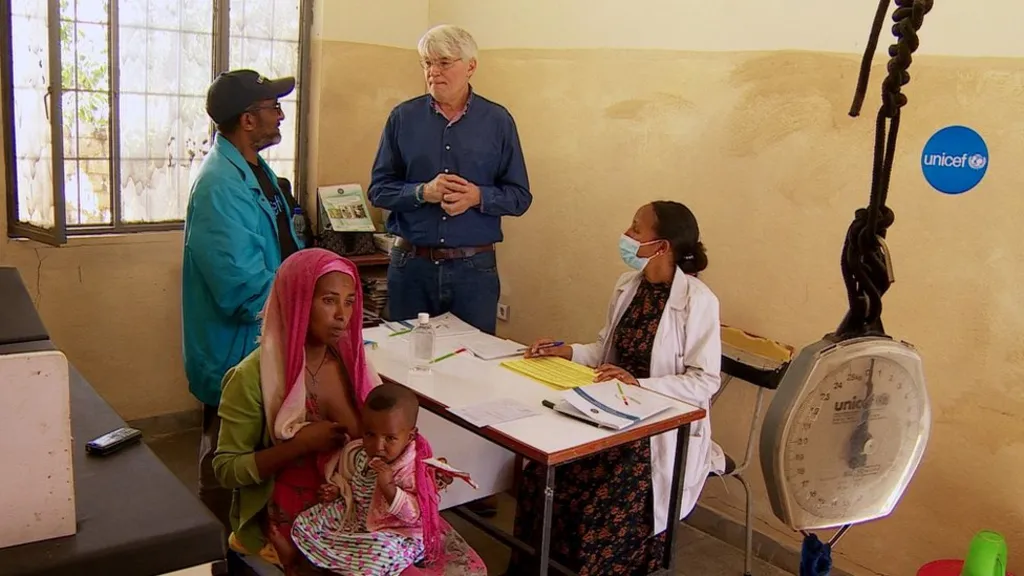Health Challenges in Ethiopia
Ethiopia, a nation with a rich cultural heritage, is currently grappling with a range of health challenges that impact the well-being of its population. This blog explores the key health issues confronting the country, highlighting both persistent and emerging concerns.
 |
| image source: BBC |
Communicable Diseases
Communicable diseases continue to pose significant health risks in Ethiopia. Malaria remains a major public health challenge, with approximately 75% of the country's landmass considered malaria-endemic. Additionally, outbreaks of measles and cholera have been reported, particularly in conflict-affected areas where healthcare infrastructure has collapsed, exacerbating the spread of these diseases and complicating response efforts.
Non-Communicable Diseases
Alongside infectious diseases, Ethiopia is witnessing a rise in non-communicable diseases (NCDs) such as cardiovascular conditions, diabetes, and cancer. Urbanization and lifestyle changes associated with the growing middle class have contributed to the increasing prevalence of these conditions. This dual burden of disease places significant strain on the country's healthcare system.
Healthcare System Strain
The healthcare system in Ethiopia faces significant challenges, especially in conflict-affected regions. In areas like Tigray, the collapse of healthcare infrastructure has resulted in critical shortages of medical supplies and personnel. These systemic issues hinder effective disease prevention and treatment, leaving vulnerable populations without access to essential care.
Environmental Health Concerns
Environmental factors further compound Ethiopia’s health challenges. Degraded lands, deforestation, and food insecurity have direct and indirect impacts on public health. Efforts to address these issues include a $500 million initiative endorsed by the Climate Investment Funds (CIF) to restore over 320,000 hectares of degraded land and improve food security. However, the scale of environmental degradation highlights the urgent need for sustainable solutions.
A Nation in Need of Comprehensive Solutions
Ethiopia’s health landscape reflects a complex interplay of communicable and non-communicable diseases, environmental challenges, and systemic healthcare issues. These problems demand a concerted effort to strengthen healthcare infrastructure, improve disease prevention measures, and address environmental factors contributing to public health crises. The scale of the challenges underscores the critical need for immediate and effective interventions to safeguard the health of Ethiopia's population.

Comments
Post a Comment